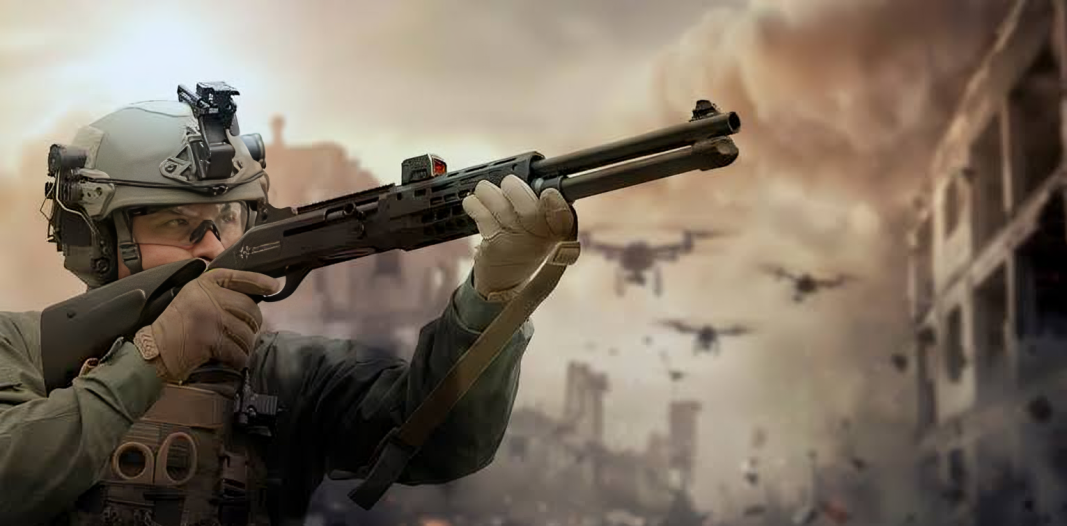Indian Army Bolsters Drone Defense with New Shotgun Procurement

The Indian Army is set to begin the acquisition of 150 Counter-Unmanned Aerial System (CUAS) kinetic systems. These systems, featuring 12-gauge semi-automatic shotguns, aim to enhance the nation's defense capabilities against the rising threat of unmanned aerial vehicles (UAVs) in future conflicts. The systems are specifically designed to neutralize drones weighing up to 30 kilograms, including multicopters and quadcopters, which are anticipated to be used in hostile activities along the borders.
This procurement is part of a broader military strategy to tackle increasingly advanced drone threats that may bypass conventional electronic countermeasures. The shotgun-based systems will offer a kinetic response for short-range engagements and are expected to augment the Indian Army’s current radar and jamming-based counter-drone systems.
The initiative will proceed following the successful trial of the indigenous Rudrastra Hybrid VTOL UAV, conducted on June 11, 2025, at the Pokharan Firing Range. The Rudrastra, developed by Solar Defence and Aerospace Limited (SDAL), is set to showcase features such as extended flight duration, real-time surveillance, and precision targeting within a 170-kilometer radius. The Army's future agenda includes concurrent investments in both indigenous drone technology and anti-drone defenses.
Experts foresee that the introduction of shotgun-based CUAS systems will provide a tangible response to real-world battlefield situations where drones fly at low altitudes or in intricate environments. These systems are expected to be rapidly deployable and effective in areas where electronic solutions might fall short, such as urban or wooded regions.
Internationally, similar solutions are already in use and may influence India's deployment. At Belgium’s Kleine-Brogel Air Base, Benelli M4 shotguns are deployed for drone defense, while Ukraine’s 53rd Mechanised Brigade adapted comparable systems in 2024. The Drone Guardian version of the Benelli M4, which can engage targets up to 100 meters, is a model India is likely to consider.
However, this technology comes with limitations. Experts warn that these weapons have a restricted range and demand precise visual tracking, making them less effective over longer distances. While these shotguns will not replace more sophisticated counter-drone technologies, they will act as an additional layer of defense in a multi-tiered system.
The Indian Army's future counter-drone strategy is expected to focus on hybrid solutions combining kinetic, electronic, and AI technologies. As drone warfare assumes a more pivotal role in contemporary conflicts, this upcoming shotgun acquisition marks the beginning of a more comprehensive adaptation strategy to tackle the evolving threat landscape.



















